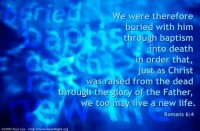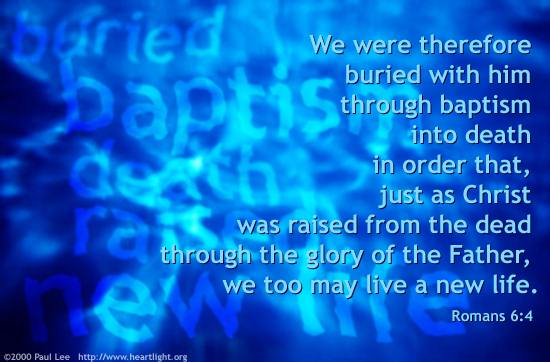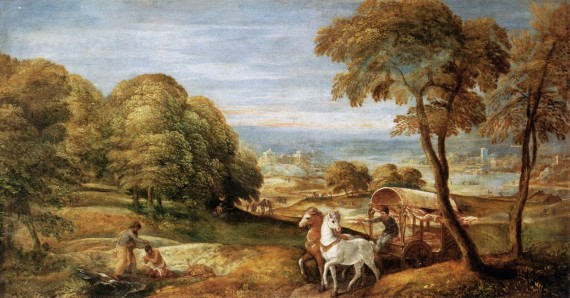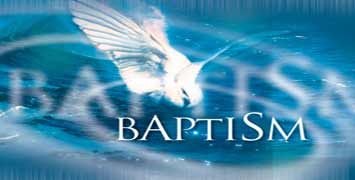In previous posts I have argued that the symbolism of baptism is mostly gone today. In New Testament times, nearly all people immediately understood that when someone got baptized, they were symbolically dying to their past and rising again to a new life for the future. Such a ceremony would spark questions and discussion about why the person was getting baptized.
While baptism means something similar today, most people (including Christians) do not immediately grasp the symbolism. The symbolism has to be taught. Just as a joke loses its humor when it has to be explained, so also a symbol loses its force when it is explained. We need symbols which are more naturally and immediately grasped by all people so that they are compelled to ask why you are dying to your past.
The symbols should represent a break with the past and the beginning of a new future. If possible, it would also be good to symbolize death, burial, and resurrection. One way to look for symbols is to look at the burial customs of a particular culture, and then try to find a ritual, ceremony, or symbol that mimics the burial customs.
I will begin to suggest some for our own culture tomorrow, but let us work our way toward them by considering the extreme examples from other cultures around the world.
Burial Customs and Baptism
 There is group of people in the Philippines known as the Caviteño. When a Cavite person is nearing death due to sickness or old age, the person goes out into the forest and selects a tree. Then the family members build the person a little hut at the base of this tree in which they will live until they die. But they are not left alone to die. The family and friends come out to hollow out the tree trunk of the standing tree.
There is group of people in the Philippines known as the Caviteño. When a Cavite person is nearing death due to sickness or old age, the person goes out into the forest and selects a tree. Then the family members build the person a little hut at the base of this tree in which they will live until they die. But they are not left alone to die. The family and friends come out to hollow out the tree trunk of the standing tree.
When the person dies, he or she is entombed vertically in the hollowed-out tree trunk. The symbolism is that just as trees give life to the tribe through fruit and wood for their fires, so when a person dies, they give their life back to the tree.









 This entire series on looking at baptism in the book of Acts was getting WAY too long.
This entire series on looking at baptism in the book of Acts was getting WAY too long.